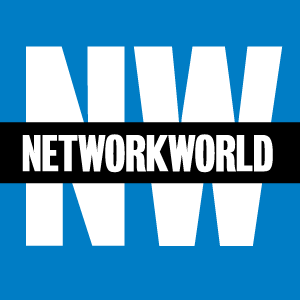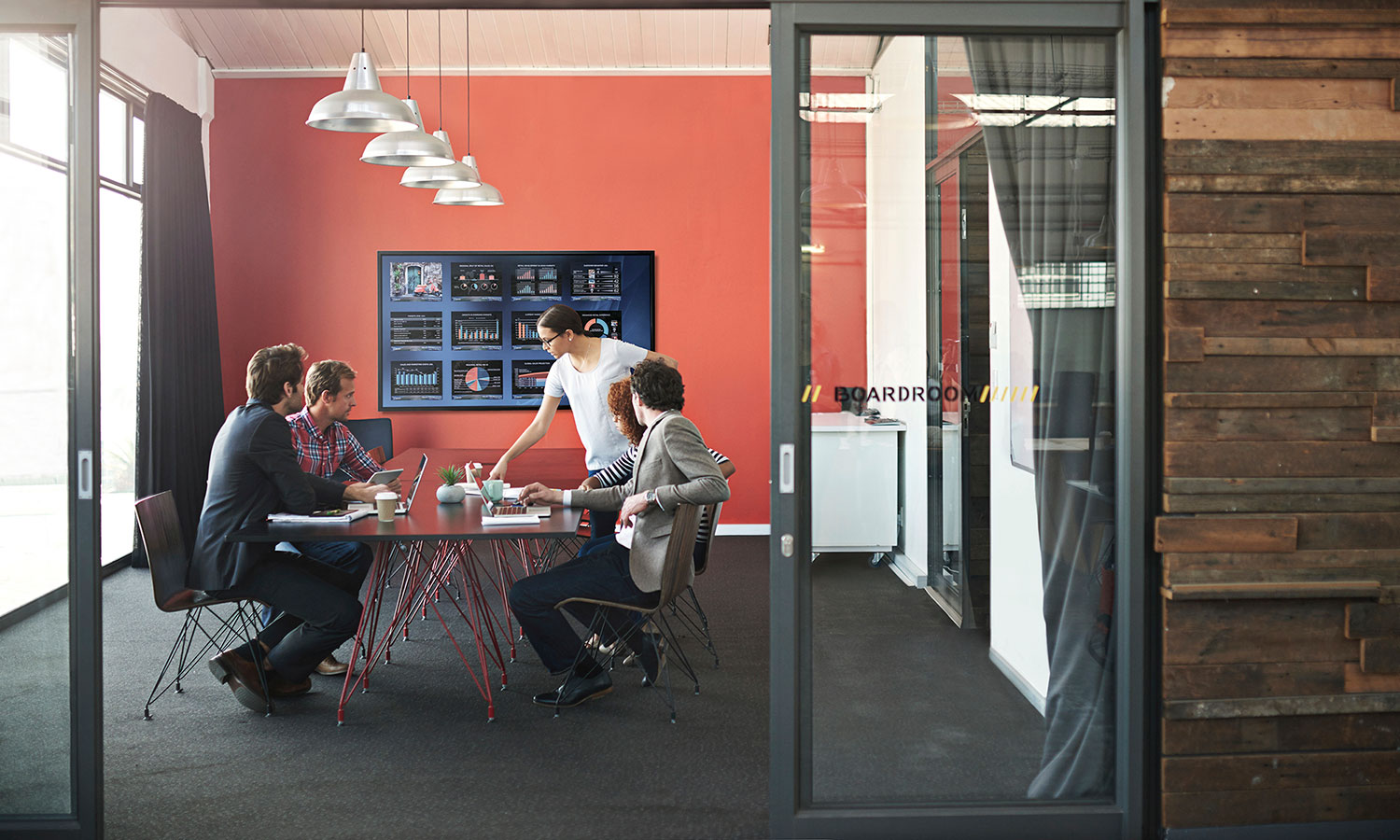It’s the beginning of a new year, and like many of you, I find this is a great time to jump-start my resolve to accomplish more and better — whether that means de-cluttering my desk, better managing my inbox or taking a hike to re-focus.

Paige O'Neill
As Chief Marketing Officer of Prysm, Paige brings over 20 years of experience in senior marketing roles. Her diverse experience crosses many areas of enterprise software, mobile technology, cloud computing, customer experience, green technology, and social media.
Prior to Prysm, Paige was Chief Marketing Officer of SDL (LSE: SDL.L), a leader in customer experience software. She also served for over three years as Vice President of Marketing for integrated marketing leader Aprimo. At both companies her thought leadership, and demand generation programs contributed to rapid growth and at Aprimo led to a successful acquisition by Teradata (NYSE: TDC).
Paige also served as CMO at PHH Arval (NYSE: PHH) and two early-stage startups—Aravo and GreenRoad Technologies.
Prior to PHH, Paige spent a decade at Oracle Corporation leading a variety of marketing initiatives, and prior to that she started her career launching IBM’s Internet Division and first electronic commerce products.
She holds Master of Arts (ABD) and Bachelor of Arts degrees in political science from the University of Kentucky, and spent a year in New York University’s Media Ecology Ph.D. program studying how technology impacts culture.
Recent Posts
Before You Select a Visual Collaboration Platform, Ask Yourself These Questions
Once you’ve realized how important it is to invest in a digital workplace and have secured the budget you need to move forward with your plan, it’s time to begin looking for a collaboration solution to support this new way of work.
Chat apps. Hotdesks. Smart machines. In most offices, it’s easy to see how technology is redefining and transforming the modern workplace.
Remember scrambling like mad for new technology?
I know people who camped out overnight to secure their place in line for the latest version of a smartphone. Others significantly overpaid or added their names to pre-order lists months in advance — just to make sure they had the most up-to-date device.
The other day, I heard a great story about how a colleague of mine got board approval to hire more than two dozen new staff members—and the whole negotiation took less than an hour. He used digital workplace technology to pull a remote team member into a board meeting on the fly and run ROI scenarios in real-time. Without being able to see the specific figures, the decision would have taken weeks and cost millions in potential revenue.
Unless you're running an extremely enlightened workplace, there's a very strong chance (87%, or nearly nine out of 10) that your employees are sleepwalking through their work days1 — bored and disengaged. This is very bad news for U.S. employers, who lose $450 to $550 billion per year2 as a result of reduced productivity.
The infographic below highlights four ways that research has shown to increase worker engagement, fulfillment, and productivity.
Thanks to mobile technology, we have a lot more freedom to decide where and when we work these days. Your backyard can become an office (yay, wifi!). You can vary your work schedule from day to day— from the early shift to the late shift, or anywhere in between. You even can have a full-time job in another country, making office visits via Skype.
| The infographic to the right illustrates Forrester Consulting's findings in a study1 of the state of today's distributed workforce, which was commissioned by Prysm in early 2016. |
The "mobile revolution" has gotten a lot of great press. If you believe the hype, working from home is the best of all possible worlds—affording great career opportunities and fulfillment, without requiring you to change out of your bathrobe.
Workplace Re-Imagined: Merging the Experience for In-Office & Remote Employees
There is no doubt about it—the workplace is changing. The traditional office environment, which was once made up of siloed cubicles and conference rooms, seems to be dissolving, taking with it the notion that work must be done in person at the office.
It is estimated that "millennials"—loosely defined as individuals born after 1984—will make up 75 percent of the U.S. workforce by 2025. This digitally literate group is umbilically attached to its social networks and accustomed to real-time everything. Millennials don't know a world without cell phones or life before the Internet, and they expect this technology to surround them wherever they go. Employers are being forced to rethink and refresh their workplaces in order to recruit and retain this rising generation.








